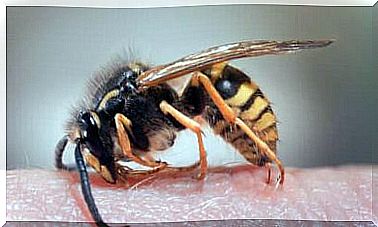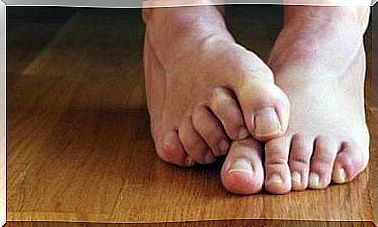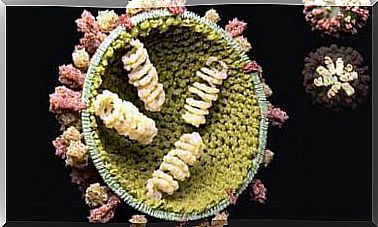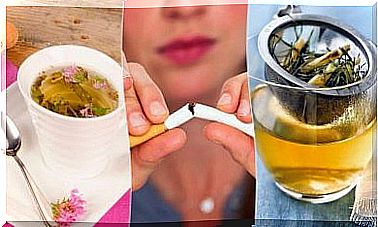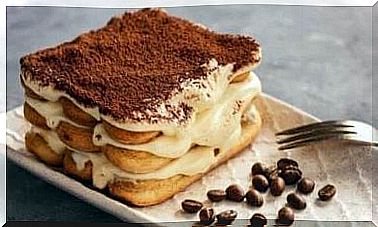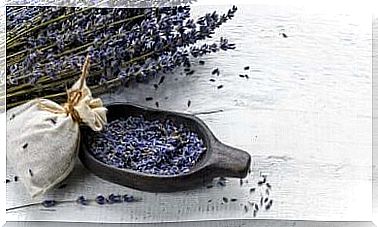Treat Slave And Hard Skin With 4 Remedies
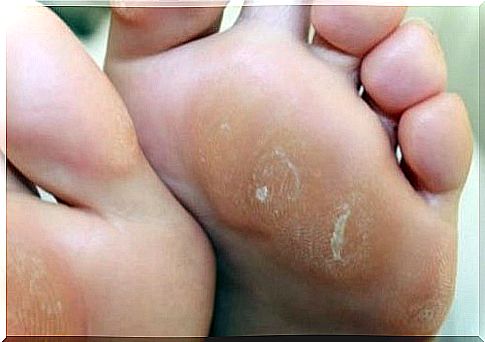
However, there are methods to treat slaves and unwanted hard skin.
Thanks to their anti-inflammatory and healing properties, these remedies are very effective for treating hard skin. In addition, you should check if the shoes fit properly, as well as wear gloves if your work requires working with your hands.
The body knows that when this happens, the epidermis (epidermis) is in danger and painful blisters can occur. This risk is the reason why our body decides to thicken the area where a lot of friction is experienced.
Although the natural reaction is unsightly, it is effective. However, there is always a limit – even for hard skin. In fact, hard skin can even bleed, and become as painful as the friction it tries to prevent.
There are several types of therapies, but as usual, we prefer the home media. By using home media, we are familiar with the components we use.
This protects us from unwanted surprises or side effects we do not want. And when we choose the components for such options, we can choose between the best.
However, to prevent hard skin from occurring, we suggest that you adjust your shoes and wear gloves if the tools you use interfere with your skin.
Proper shoes and gloves are both essential for saying goodbye to hard skin.
Home remedies to treat slaves and calluses
1. Garlic juice
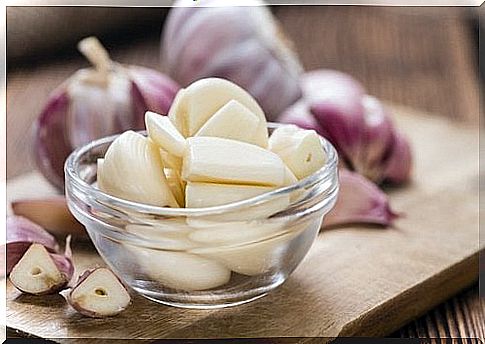
The benefits of garlic are endless. We will use their anti-inflammatory, healing and antiseptic properties to treat slaves and hard skin.
Ingredients
- 1 clove of garlic
- 1 teaspoon olive oil (5 g)
Preparation and use
- Chop the garlic clove into 4 parts.
- Mash them in a mortar.
- Add the oil to form a paste.
- Spread the mixture over the affected area and then cover to protect it.
2. Leek and vinegar
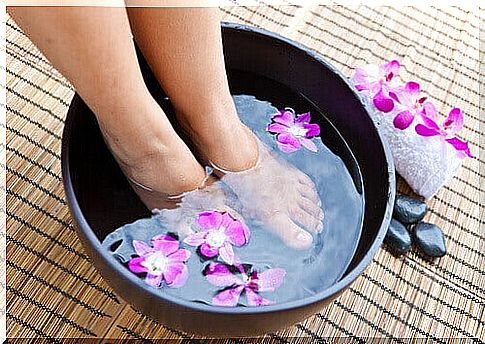
Besides being a good ingredient in a healthy diet, leeks’ high levels of vitamin C make it a great ally for our skin.
Wine vinegar is a wonderful disinfectant, making it a perfect match for leeks, and is effective in treating slaves.
Ingredients
- 1 cup wine vinegar (200 ml)
- ½ purre
Kitchen utensils
- Rubber spatula
Preparation and use
- Pour vinegar into a cup and separate the leeks.
- Put the leek leaves in the vinegar and leave it for 24 hours.
- Use the leek leaves to moisten the affected area to soften the hard skin little by little.
- Use the spatula carefully: remember that the mixture softens the hard skin without problems and pain.
- Do not forget to cover until afterwards to avoid infections.
Chamomile bath
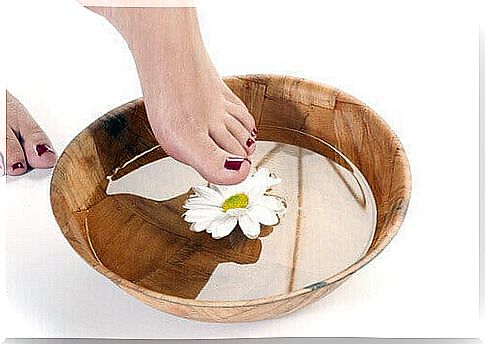
As we have just seen with garlic, it is a good anti-inflammatory ingredient for hard skin. The same goes for chamomile, especially because it also acts as an anesthetic. If you are sensitive to pain, this is the right thing for you.
Ingredients
- 12 cups water (3 liters)
- 2 cups chamomile flowers or 12 tea bags (120 g)
Kitchen utensils
- Bucket / tub for foot bath
Note: These measurements are intended for hard skin on the feet. If you have hard skin elsewhere, you can adjust the amount of ingredients.
Preparation and use
- Heat the water with the tea bags or chamomile flowers.
- When the infusion is ready, take out the tea bags or squeeze the flowers.
- Pour the liquid into the bucket / tub and keep your feet up: It should be hot, but not burning.
- When the water cools, you can take out your feet.
- Repeat the process for several days until the hard skin disappears.
If you want this treatment for your hands or for another part of your body, you can use gauze to cover the area.
4. Velvet flower petals
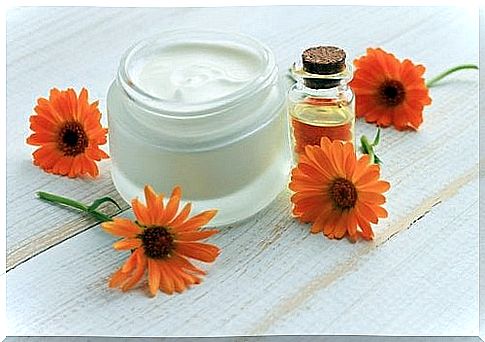
Velvet flower not only hydrates and softens the skin, but also has anti-inflammatory and healing properties.
This mixture is also effective for treating acne or other skin problems, so we give you the amounts to prepare a nice and large mixture.
Ingredients
- 3 cups olive oil (600 g)
- 1 cup velvet flower petals (60 g)
- 3 tablespoons beeswax (45 g)
Kitchen utensils
- Filter
- Glass jars
Preparation and use
- Leave the velvet petals in oil for 40 days.
- After 40 days, strain the oil and heat it in a saucepan.
- When the oil is hot, add beeswax. Continue heating until the beeswax dissolves.
- Afterwards, quickly mix the mixture in a glass jar or more so that it does not harden.
- Let it cool.
- Apply the cream gently on the hard skin.
These home media are completely natural. Unless you have an allergy to any of the mentioned ingredients, you will not experience any side effects by using these treatments.
In fact, their benefits will improve skin health. Are you curious about trying these?

